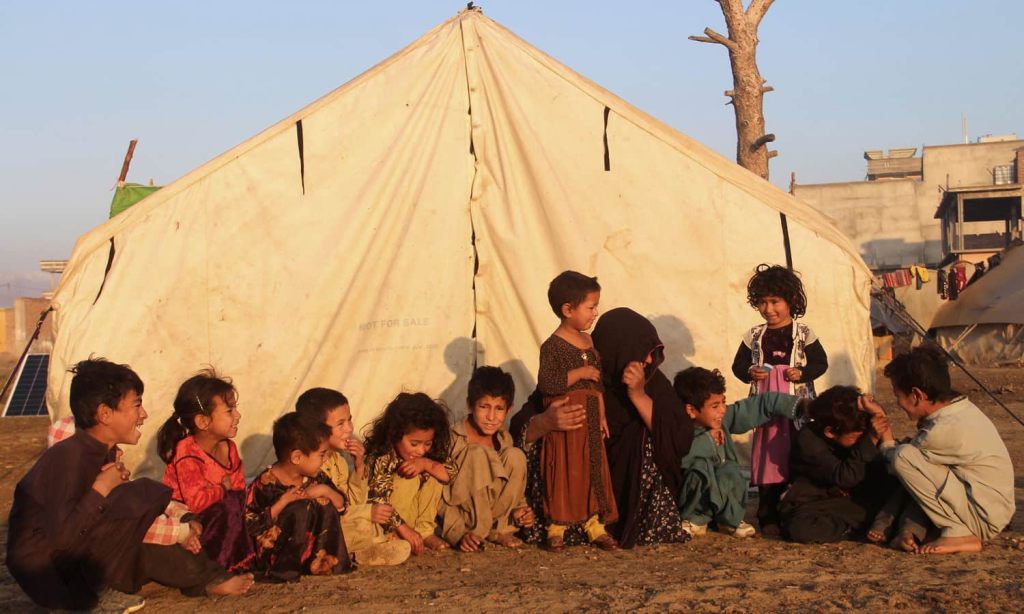It’s now been four days since the Taliban re-took the Afghanistan capital, Kabul, and Afghanis around the world are still desperate for answers as to what exactly will happen to their friends and loved ones as the militant group seek to reinstate their extremist doctrine across the country.
During the 20 year conflict in the country, Australia committed over 26,000 troops. It’s not known how many assistants and translators our forces had on the ground, but, for comparison, the more than 800,000 US troops who served in Afghanistan were aided by 300,000 Afghanis.
It has been stated by Prime Minister Scott Morrison that not everyone who helped Australian forces would be saved from the country. The Taliban are expected to enact retributory persecutions of those who assisted foreign powers during the war and many of them and their families are expected to be killed.
Nations who intervened in Afghanistan have been slow to react in securing the safety of those who assisted them. Back in July, Australia indicated it would not seek to evacuate those locals who helped, however, as the Taliban has reclaimed the country, Morrison has now changed his tune, though not by much.
Dedicated refugee programs are being set up in many countries for the enormous numbers of Afghans likely to be displaced. Australia has committed to take some but the numbers could be much higher.
How Many Refugees Will Australia Take?
Australia has offered 3,000 places on its humanitarian visa program specifically for people now fleeing Afghanistan.
Those places will be prioritised for those with family already in Australia as well as women, children, and persecuted minorities like the Hazaras.
This is not a specific intake of refugees, however, merely places already available through Australia’s annual allocation of humanitarian visas.
Each year, Australia offers 13,750 humanitarian visas to those fleeing conflict or persecution. That number was brought down from 18,750 in last year’s budget.
Essentially, we’re not going out of our way here. We’re just giving some Afghans places in our ordinary refugee numbers.
Foreign Affairs Minister Marise Payne has also said that “no Afghan visa holder will be asked to return to Afghanistan at this stage,” meaning Afghans who are here currently won’t be forced out. That equates to around 4,200 people.
There are also thought to be hundreds of other special visas granted to those who the government is trying to evacuate currently.
We Need to Do More
Australia’s first evacuation mission to Afghanistan rescued just 26 people — despite the plane carrying them having a capacity of 128. Most of these were Australian passport holders.
When ISIS were storming through Syria and Iraq in 2015, Australia doubled its refugee intake, brining 12,000 Syrians and Iraqis fleeing the conflict into the country.
We did similar after the war in Vietnam, taking in around 55,000 Vietnamese and 12,000 Cambodian refugees.
Despite the historical president and the weight of responsibility on our nation for at least partially causing the current disaster, Morrison has said that his government would “only be resettling people” through existing humanitarian channels.
“We will not be offering a pathway to permanent residency or citizenship. We will not be allowing people to enter Australia illegally, even at this time,” he told reporters on Wednesday.
Canada, another allied nation with a long military involvement in Afghanistan, has planned to offer 20,000 special humanitarian visas to vulnerable Afghans. The UK too is offering 20,000 refugee visas.
While these nations have called on others to act, Morrison has said bluntly that “Australia is not going into that territory”. Defence Minister Peter Dutton has even suggested that bringing “males of fighting age” into our country could put us at risk of “atrocities”.
Comments like this have been criticised as “disgusting” and an attack on the good name of those who helped our military efforts.
International groups and Afghans in Australia have called on the government to do better. An open letter, published on Wednesday, has called for at least 20,000 people to enter Australia from Afghanistan and has been signed by over 92,000 Aussies.
Refugee advocate Shukufa Tahiri has said the promises made by the UK and Canada should be the baseline.
“At the minimum, it should match that commitment.”
“Our involvement in Afghanistan for 20 years, the promises that were made — there is an expectation that Australia take a response that is much more than increasing the composition of the existing humanitarian intake.”
Amnesty International has also slammed the Morrison Government for its handling of the “humanitarian crisis” in Afghanistan, and has called on a far greater intake of Afghan refugees.
“This is a huge crisis which has only just begun — 3000 places is a start but it’s wholly insufficient when we have so many people in urgent, desperate need,” Amnesty International Australia Refugee Advisor Dr Graham Thom said.
Amnesty has suggested the efforts by the UK and Canada provide a clear model.
“I think we should we be looking at at least 20,000 places,” said Amnesty’s Refugee Advisor, Graham Thom.
“Match what the UK is doing, match what Canada is doing”.
“If we need to spread that out over a couple of years, so be it, but we need a solid commitment to what is going on in Afghanistan right now.”
It’s clear we owe the people of Afghanistan so much more than this. If want to help, here’s a list of ways you can get involved. You can also sign the Action for Afghanistan petition here.
Read more stories from The Latch and subscribe to our email newsletter.

